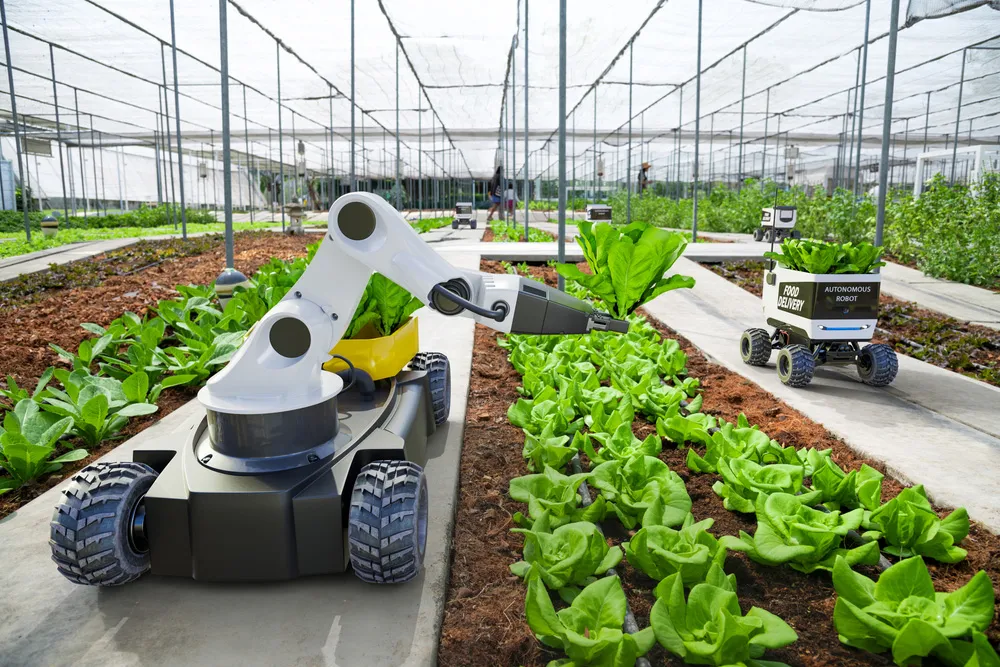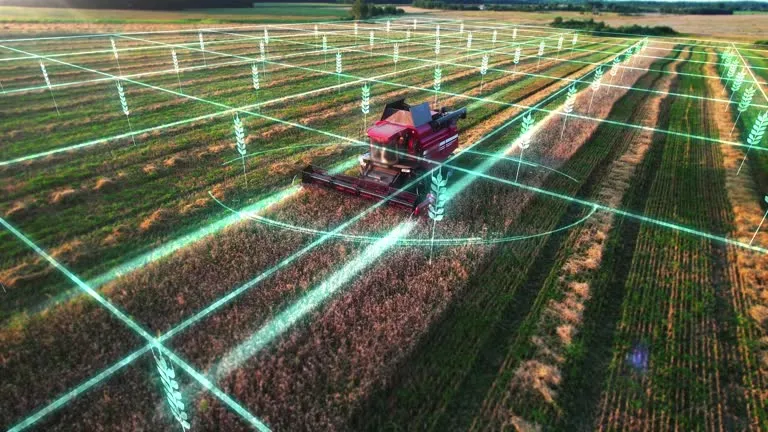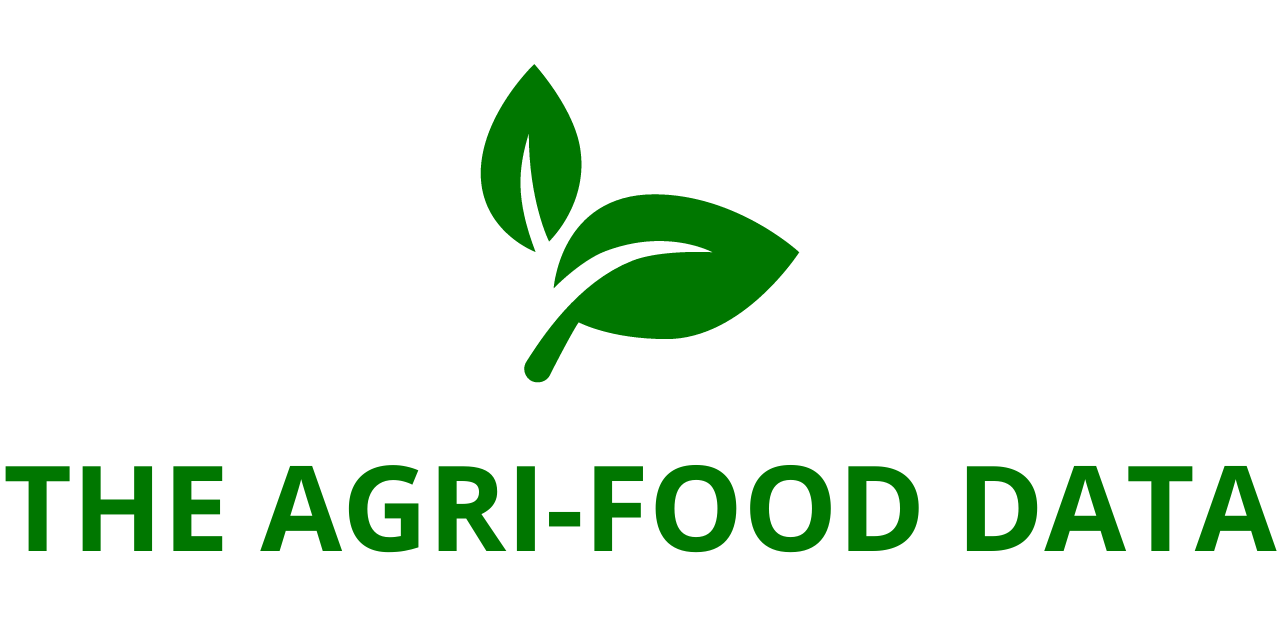
2025–2034 Agricultural Algaecides Market Forecast: Trends Shaped by Smart Farming and Aquaculture Boom
The global agricultural algaecides market is on a growth trajectory, according to the new report titled “Agricultural Algaecides Market Size, Share, Trends, Analysis, and Forecast 2025–2034 | Global Industry Growth, Competitive Landscape, Opportunities, and Challenges,” now available from ResearchAndMarkets.com. The market, currently valued at USD 4.7 billion in 2025, is projected to expand at a compound annual growth rate (CAGR) of 6.3%, reaching USD 8.1 billion by 2034.
This steady market expansion reflects increasing awareness and demand for efficient algae control methods across global agriculture sectors. Algae, though naturally occurring in water systems, can become a major hindrance to farming operations. Overgrowth of algae in irrigation ponds, canals, and hydroponic systems can cause a range of problems including blockages in irrigation infrastructure, depletion of dissolved oxygen in water, and an increase in harmful microbial activity that can threaten crop health.
To combat these issues, agricultural stakeholders are turning to algaecides—chemical or biological agents specifically designed to eliminate or prevent the spread of algae in water used for farming. These solutions are being used more widely across different agricultural settings, from open-field irrigation systems to advanced aquaculture and hydroponic facilities.
Evolving Market Landscape: Innovation and Sustainability
Over the past decade, the agricultural algaecides market has evolved beyond traditional chemical-based formulations to include more environmentally conscious and technologically advanced products. Historically dominated by copper-based and synthetic chemical algaecides, the industry is now witnessing a strong shift toward peroxide-based and biodegradable formulations. These eco-friendly algaecides are gaining popularity due to their effectiveness and lower environmental impact.
In 2024, innovation in the sector has accelerated, with significant R&D investments in the development of algaecides that break down safely without leaving toxic residues. Such innovations are becoming especially important in regions where farming intersects with fragile ecosystems or where strict regulatory frameworks govern agricultural practices.
Moreover, the adoption of smart technologies—particularly the integration of Artificial Intelligence (AI) and Internet of Things (IoT) in water management—is playing a transformative role. AI-powered systems can now monitor algae concentrations in real time, analyze weather and water quality data, and automate the deployment of algaecides precisely when and where they are needed. This level of accuracy not only reduces algaecide usage and input costs but also contributes to better water stewardship and environmental sustainability.
Regulatory Pressures and Demand for Water Efficiency
Water scarcity and declining water quality are two of the most pressing challenges facing modern agriculture. Governments and environmental organizations around the world are imposing stricter regulations on water use and contamination. As a result, farmers and agribusinesses are increasingly investing in water treatment solutions that comply with these standards while supporting crop productivity.
Algaecides are becoming a crucial tool in ensuring that agricultural water systems remain functional and uncontaminated. Copper-based and peroxide-based algaecides, for example, have shown high efficacy in controlling algal blooms in both freshwater and brackish systems. However, concerns over the accumulation of heavy metals and residues are prompting a regulatory and consumer shift toward cleaner alternatives, such as those derived from plant extracts or microbial agents.

This shift aligns with the broader movement toward sustainable and regenerative agriculture. Bio-based algaecides, which utilize natural compounds to disrupt algae growth without harming other aquatic organisms, are gaining traction in organic farming communities and among environmentally conscious producers.
Precision Agriculture and Nanotechnology Lead the Future
Looking ahead to 2025 and beyond, the agricultural algaecides market is expected to become increasingly intertwined with digital farming practices. The proliferation of precision agriculture—characterized by data-driven decision-making, satellite monitoring, and automated equipment—is changing how farmers approach algae management.
Through remote sensing and GPS-enabled irrigation systems, farmers can now identify algae outbreaks early and respond quickly with targeted treatments. These methods not only improve outcomes but also help reduce the overuse of chemical products, preserving biodiversity and reducing operating costs.
Nanotechnology is another frontier expected to shape the next phase of the algaecide market. Nanotech-based formulations offer enhanced penetration and extended efficacy with lower application volumes. By delivering active ingredients at the molecular level, these solutions can control algae more efficiently while minimizing environmental side effects such as runoff and leaching into surrounding ecosystems.
Furthermore, genetic research may eventually contribute to algae-resistant crop varieties or symbiotic systems where plants naturally inhibit algae growth. These complementary strategies will enhance the effectiveness of algaecides and support more resilient agricultural systems.
Sectoral Growth: Aquaculture and Hydroponics Spur Demand
The rapid growth of aquaculture and hydroponic farming systems is another key driver of algaecide market expansion. Both systems rely heavily on water quality, and any algae outbreak can disrupt nutrient balances, oxygen levels, and even compromise food safety standards. In aquaculture, unchecked algae growth can lead to fish kills and lower yields, while in hydroponics, algae can block equipment and interfere with nutrient uptake.
As more countries invest in alternative farming techniques to enhance food security and reduce dependence on traditional land-based agriculture, the demand for robust water management solutions, including algaecides, is expected to soar.
Key Market Trends
- Eco-Friendly Formulations on the Rise: Increasing adoption of biodegradable and peroxide-based algaecides is driven by regulatory compliance and environmental concerns.
- Smart Water Management Adoption: AI and IoT systems are enabling real-time algae monitoring and automated algaecide application.
- Bio-Based Algaecides Gaining Momentum: Ongoing research into natural algae inhibitors from plants and microbes is fueling sustainable product development.
- Nanotechnology Integration: The use of nanomaterials is improving efficacy, reducing runoff, and lowering the environmental impact of chemical applications.
- Precision Agriculture Expansion: Advanced data analytics and automation tools are helping optimize the timing and dosing of algaecide use.
Key Market Drivers
- Water Quality Challenges: Algal blooms and biofilm formation are increasingly problematic in irrigation systems and agricultural ponds.
- Stringent Water Regulations: New policies around water pollution and chemical usage are accelerating the shift to advanced algaecide products.
- Hydroponic and Aquaculture Growth: The rise of soilless and aquatic farming methods is creating new demand for effective algae control.
- Smart Farming Technologies: AI and sensor-enabled systems are making algae management more precise and cost-effective.





